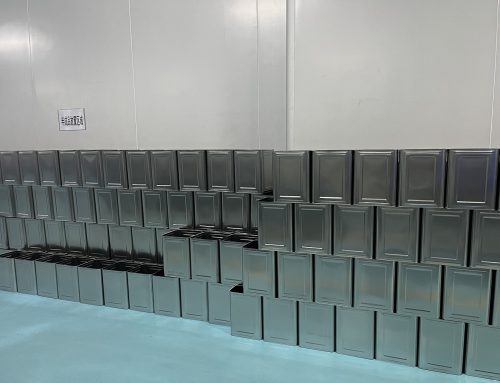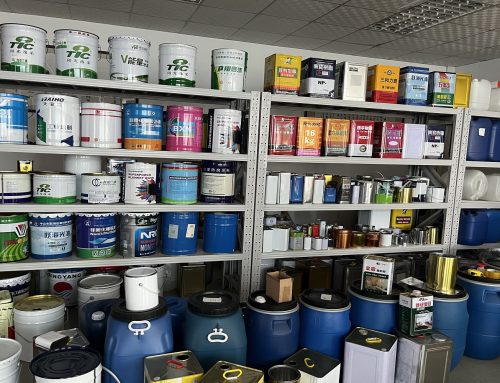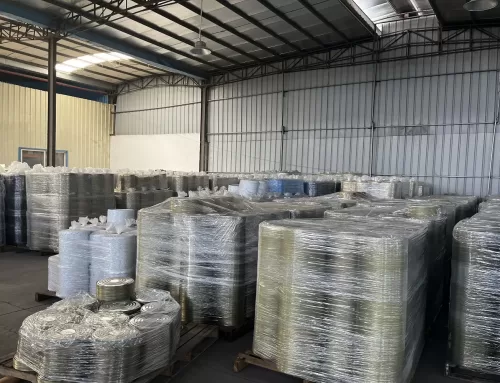The corrosion of metal packaging products is caused by the electrochemical instability of the material in the corrosive content. The main corrosion-resistant materials of the tinplate three-piece can are the coating of the can body, the tinplate and iron layer of the tinplate, and the top and bottom covers with coatings. Because metal packaging products have a certain shelf life, when the design corrosion life of tinplate empty cans is longer than the shelf life, the production requirements can be met, and the quality and safety of food and beverages during the shelf life can be guaranteed. Excessive corrosion margin means excess quality. Increase the product Economic cost. In order to take into account the requirements of qualified design life and economic savings at the same time, the production of tinplate three-piece cans has precise requirements on raw materials and processes, and maintains stable product quality.
Experimental research work shows that the inner coating, tin-plated layer and iron layer of tinplate three-piece cans are the main corrosion protection barriers for the tank body, and stable raw materials and reasonable processes can meet the corrosion resistance requirements of most solid can products. Relevant research also found that the corrosion in the tank of some products occurred earlier. Due to the different types of corrosion and the location where the corrosion occurred, the development speed was very different. Some actual tanks had rust spots within a few weeks. Even after a few months of corrosion, corrosion perforation will occur, and some solid tank corrosion can continue beyond the shelf life without corrosion perforation. During the production and storage of tinplate cans, it is often found that the tank body will corrode before the shelf life of the solid can is reached. The main forms of corrosion are divided into two categories: uniform corrosion and local corrosion. The local corrosion phenomenon has a great hazard to the quality and safety of the tank body, and when it is serious, it can cause the corrosion perforation and leakage of the tank body during the shelf life.
1. Uniform corrosion
Uniform corrosion is also called general corrosion. The corrosion phenomenon is distributed on the entire metal surface. The corrosion rate of each part of the metal surface is roughly the same. The metal surface is thinned evenly, and there is no obvious difference in corrosion form on the metal surface. This type of corrosion is due to its Occurs on all surfaces, easy to find and control. The more common corrosion phenomenon in tinplate tank corrosion is uniform corrosion, which mostly occurs in the necking area at the top of the tank body, the shrinking deformation area at the bottom of the tank body and the welding seam repainting area.
2. Localized corrosion
Localized corrosion is also called uneven corrosion. Due to the heterogeneity of electrochemical performance, such as dissimilar metals, surface defects, concentration differences, stress concentration or environmental unevenness, etc., the formation of local cells causes corrosion. The cathode and anode of the local corrosion can be distinguished. The local corrosion is concentrated in a specific location and occurs rapidly. The material is quickly corroded and destroyed. The local corrosion of the tinplate can easily lead to the phenomenon of perforation and leakage. Local corrosion presents diverse characteristics. According to the damage pattern caused by local corrosion, this type of corrosion can be divided into galvanic corrosion, pitting corrosion, crevice corrosion, intergranular corrosion, abrasion corrosion, stress corrosion, fatigue corrosion or selective corrosion. type.
The local corrosion of tinplate tanks is mostly concentrated in the weld area or the expansion ring of the tank bottom cover. The tank bottom corrosion is the main area of corrosion perforation. As shown in the figure below, the black uniform corrosion zone has a corrosion hole in the center, which is similar to the uniform corrosion zone. In contrast, the area of the corrosion hole area is small, which is a typical local corrosion phenomenon, and the continued development of corrosion will cause the tank body to corrode and perforate.




